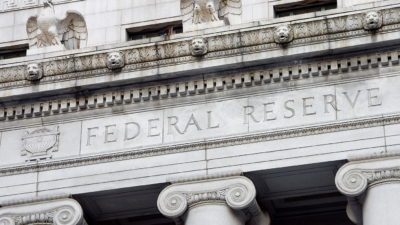The latest economic indicators for September continued to show signs of modest growth, yet at a much slower pace than previous quarters. The looming threat of a mild recession remains. The U.S. has experienced two consecutive quarters of negative GDP (third quarter figures have not yet been released), and early forecasts expect third quarter to return to positive growth. Retail sales, both online and at physical locations, remain relatively slow, with hopes that holiday sales will strengthen growth. Inflation remains a serious concern for the U.S. and shows little signs of abating. The Federal Reserve affirms its commitment to bring inflation under control by raising interest rates – and will continue to do so at its November and December meetings.
Despite these economic concerns, the U.S. economy continues to add jobs, although at a much slower pace than the previous year. According to the latest jobs report from the Bureau of Labor Statistics, job growth slowed in the third quarter, with 1.1 million new jobs added to the U.S. economy, compared to 1.2 million positions created during the second quarter. In addition, the unemployment rate has hovered between 3.5% and 4.0% for the last ten months. Month-over-month notable job gains continued in leisure and hospitality (+83,000), health care (+60,000), and professional and business services (+46,000). Sectors directly impacting the industrial market also showed positive momentum, as job gains were seen in manufacturing (+22,000), construction (+19,000), and wholesale trade (+11,000). On the other hand, transportation and warehousing, and retail trade showed little change.
Higher-than-expected consumer sentiment is a bright spot for the economy as consumer sentiment improved for three consecutive months. According to the University of Michigan Consumer Sentiment Index, the consumer sentiment index reached 58.6 in September – up from its lowest recorded value of 50.0 in the second quarter. Inflation continues to weigh down sentiment, however, as the current recording is 17% below last year at the same time. While consumer sentiment has lifted modestly from its historic low in June, its future trajectory hinges on the ability to reign in the persistent inflation.
As the impacts of inflation continue to reach consumers, American retail spending has increased due to a rise in prices. As a result, total sales for July 2022 through September 2022 were up 9.2% over the same period a year ago. In addition, according to the U.S. Department of Commerce, e-commerce accounted for 14.5% in the second quarter of 2022 (the latest data available at the time of this article), up marginally from the 14.3% recorded in the previous quarter.
ccording to the Institute for Supply Chain Management’s Production Manufacturing Index (PMI), economic activity in the manufacturing sector fell in June. September PMI registered 50.9, which, while still positive, is 2.1 percentage points below June’s reading of 53.0 and 10.2 percentage points lower than last year. Nevertheless, the growth trend for manufacturing has persisted for 28 consecutive months, following the contractions in April and May 2020. Moreover, the latest PMI figure is the lowest since May 2020, when it registered at 43.5. These figures outline that the U.S. manufacturing sector continues to expand, but at the lowest rate since the pandemic recovery began. ISM reported that nine of the 16 manufacturing sectors it tracks grew in September. The seven industries reporting contraction in September compared to August are furniture and related products, textile mills, wood products, printing and related support activities, paper products, chemical products, and fabricated metal products.
Overall, economic indicators point to modest growth for the industrial sector as economic softening materializes. Holiday shopping could see a surge in retail sales and further demand for industrial space as both traditional and big-box retailers increase their footprints to accommodate growth. Industrial occupiers remain committed to delivering products to consumers quickly, and the industrial pipeline remains full to accommodate users in expanded territories. In addition, industrial fundamentals, including occupancy gains and rent growth, remain positive, and demand remains for quality space across the country. Given these positive signs and despite economic headwinds, the U.S. industrial market remains poised for stability in the coming quarters.

 U.S. National Research
U.S. National Research

 Steig Seaward
Steig Seaward
 Aaron Jodka
Aaron Jodka